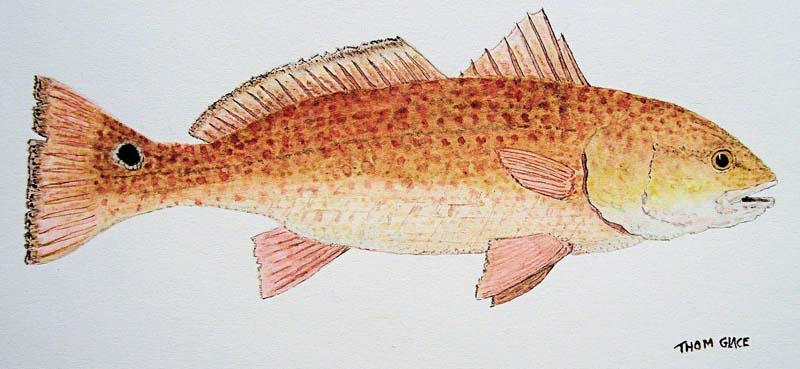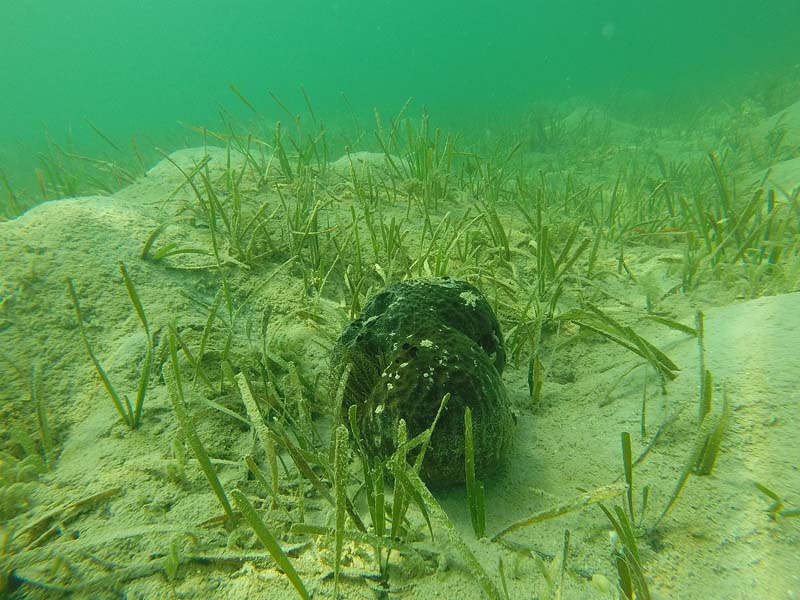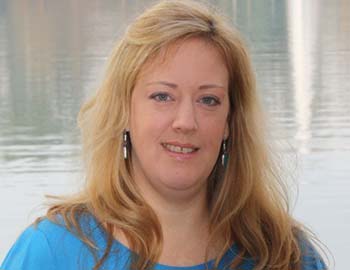
The St. Martins Marsh Aquatic Preserve in Crystal River, Florida, safeguards water quality and coastal habitat vital to wildlife and local communities. A new Nature Coast Aquatic Preserve, extends these protections to about 400,000 acres of seagrass meadows off Citrus, Hernando, and Pasco counties. Photo credit Charlie Shoemaker The Pew Charitable Trusts
New Aquatic Preserve Off Florida Is Big Win for Wildlife, Habitat, and Long-Term Economy
Law protecting Gulf of Mexico’s largest seagrass meadow will support jobs, tourism, and a way of life.
The Nature Coast Aquatic Preserve off Citrus, Hernando, and Pasco counties is the first new preserve to be designated in more than 30 years and the 42nd in a state system designed to maintain water quality and biological value to ensure healthy ecosystems. The preserve, which covers part of the Gulf of Mexico’s largest seagrass bed, still allows traditional activities such as boating, fishing, and scalloping.
The governor signed the legislation amidst the coronavirus outbreak. While the region’s economy has suffered during the pandemic, the new law will help support businesses and tourism for generations to come.
Florida Representative Ralph Massullo (R-Lecanto) and Senator Ben Albritton (R-Wauchula) sponsored companion bills—H.B. 1061 and S.B. 1042—to create the preserve. Their proposal received widespread support: More than 100 Nature Coast businesses, nine state and national recreational fishing and marine industry organizations, the Citrus and Hernando county commissions, and The Pew Charitable Trusts backed creation of the Nature Coast Aquatic Preserve.

Study of a Redfish [Sciaenops ocellatus] by award winning watercolorist Thom Glace.
Supporters agreed that the preserve would be especially helpful in safeguarding the tri-county area’s water quality, which is good. Clean water is essential to seagrass, which grows underwater and provides food, shelter, and nursery areas for a vast array of marine animals. That ecosystem supports a variety of activities, from summertime scalloping, world-class sport fishing, and internationally renowned manatee-watching to harvesting stone crabs and shrimp. Seagrass-related activities in the region generate more than $600 million annually for the economy, provide more than 10,000 jobs, and support about 500 businesses.
“Establishing the Nature Coast Aquatic Preserve is an important step to address water quality and habitat conservation for some of Florida’s most iconic fisheries,” said Kellie Ralston, southeast fisheries policy director for the American Sportfishing Association. “Sport fishing in the state supports more than 106,000 jobs and has an economic impact of $11.5 billion. We appreciate the leadership of Senator Albritton, Representative Massullo, the Legislature, and governor to move this bill across the finish line to ensure that Florida remains the Fishing Capital of the World.”

Thalassia testudinum, and anemone in Key Largo, Florida. Photo credit S. Scolaro. A commons image.
The new preserve will border several existing ones in Pinellas County, St. Martins Marsh, and the Big Bend, creating a large contiguous protected area for valuable marine coastline
The need for water quality protections in Florida is growing more urgent in the face of increasing pollution threats. In recent years, red tides and other harmful algae blooms on both coasts fueled by nutrient-laden runoff have taken a severe toll on fishing and tourism businesses. A new preserve on the state’s west coast could add a layer of protection to help avert such a disaster there. The aquatic preserve will also be designated as an Outstanding Florida Water, which is the state’s highest level of water quality protection and is assigned to areas worthy of special safeguards.
The new preserve will serve as a legacy that will safeguard the region’s environment, fishing, and tourism businesses for generations to come.
For each preserve, including this one, the state develops a management plan—with input from local governments, citizens, and other stakeholders—that is overseen by the Florida Department of Environmental Protection. The governor and Cabinet, sitting as the Board of Trustees of the Internal Improvement Trust Fund, grant final approval for the plan. The plan’s goal is to maintain the preserve’s biological, scientific, and aesthetic value for future generations to enjoy while allowing and improving access for activities such as boating and fishing.
Holly Binns directs The Pew Charitable Trusts’ conserving marine life program in the Gulf of Mexico and U.S. Caribbean.


